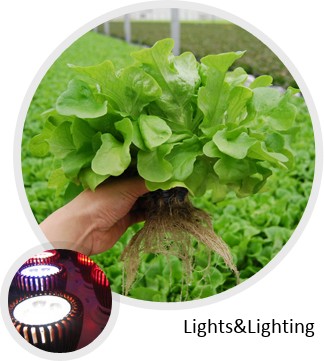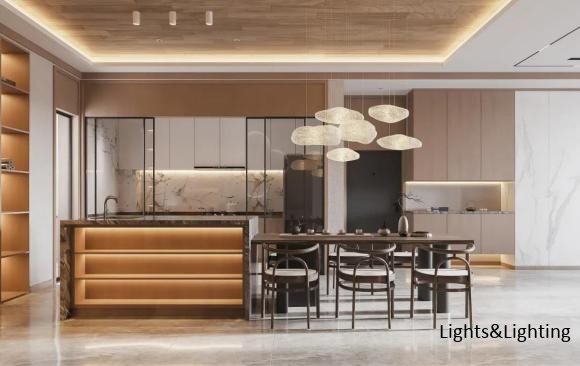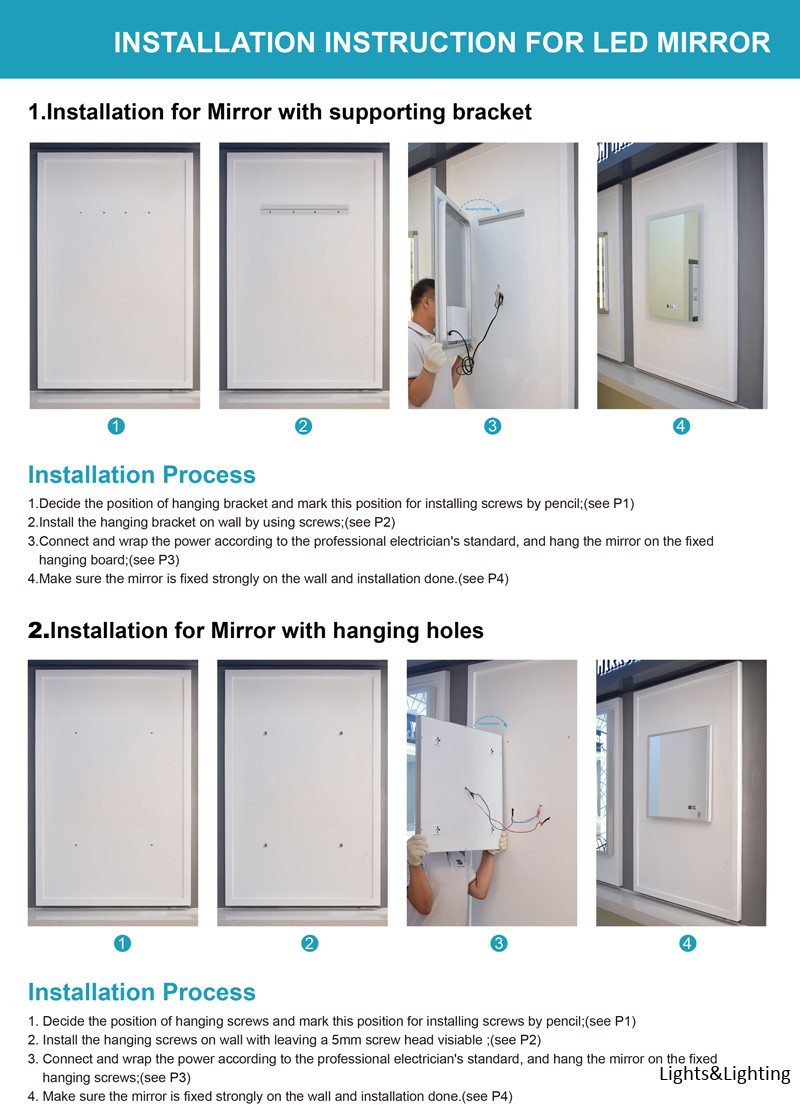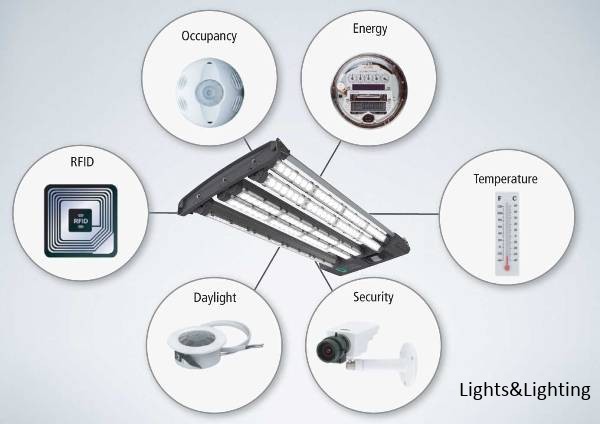The age of artificial lighting
Humans have always strived to improve their living conditions, to increase their productivity and to make the world a better place. One crucial invention that improved the lives of humans everywhere was the invention of electrical lighting. Before the widespread usage of electrical lighting, people relied on candles and gas lighting to extend their social events and their working hours into the night. Electric lighting proved to be safer, more reliable and cheaper. Nowadays, our modern ways of life within cities with millions of inhabitants are unthinkable without electrical lighting.

The next light revolution: The age of LED
Besides making human lives easier and increasing productivity in various industries, electrical lights have also increased the productivity of horticulture and agriculture. Electrical lighting has increased the productivity of green houses and made it possible to grow plants without any sunlight at all, in so-called "climate chambers" and "plant factories". So far, most greenhouses rely on outdated forms of electrical lighting, like high-pressure sodium lamps and fluorescent lights. These lights consume a lot of electricity, have a short lifetime and sometimes don't even have a good light spectrum for a healthy growth of plants. All in all, the use of these types of lamps is inefficient and could only come into widespread use because there was no viable alternative. Now, at last, there is a good alternative: over the past decades, LED technology has advanced and is now able to replace all outdated forms of electrical lighting. LED lighting is economical, efficient and can produce precisely the perfect light spectrum needed for an optimal plant growth.
Advantages of LEDs
LED lighting has various advantages over other forms of lighting:
- The light spectrum can be controlled precisely. It's possible to create only the wavelengths needed for the planned application. The user can choose exactly the wavelengths needed to optimize photosynthesis, regulate plant morphology and influence photoperiodism. A lot of energy can be saved by not creating unnecessary wavelengths
- LEDs are very efficient. Most of the electrical power that is consumed is transformed into light and not into heat. Because of this, it is possible to create a high light intensity while keeping energy costs down
- LEDs have a very long lifetime, that greatly surpasses the lifetime of other forms of lighting
- LEDs are safe: They do not contain harmful substances like mercury, don't get too hot and can be produced without a glass housing
Conclusion
LEDs are the future of artificial lighting in horticulture and agriculture!
LED lighting is not just a trend but an essential tool for survival in today's competitive market as its applicationbecomes increasingly diverse. PARUS is your strong partner for increasing your competitiveness and for modernizing your technology.


